This content was deleted by the author. You can see it from Blockchain History logs.
TEN INSECTS FOR THE RAINY MONDAY
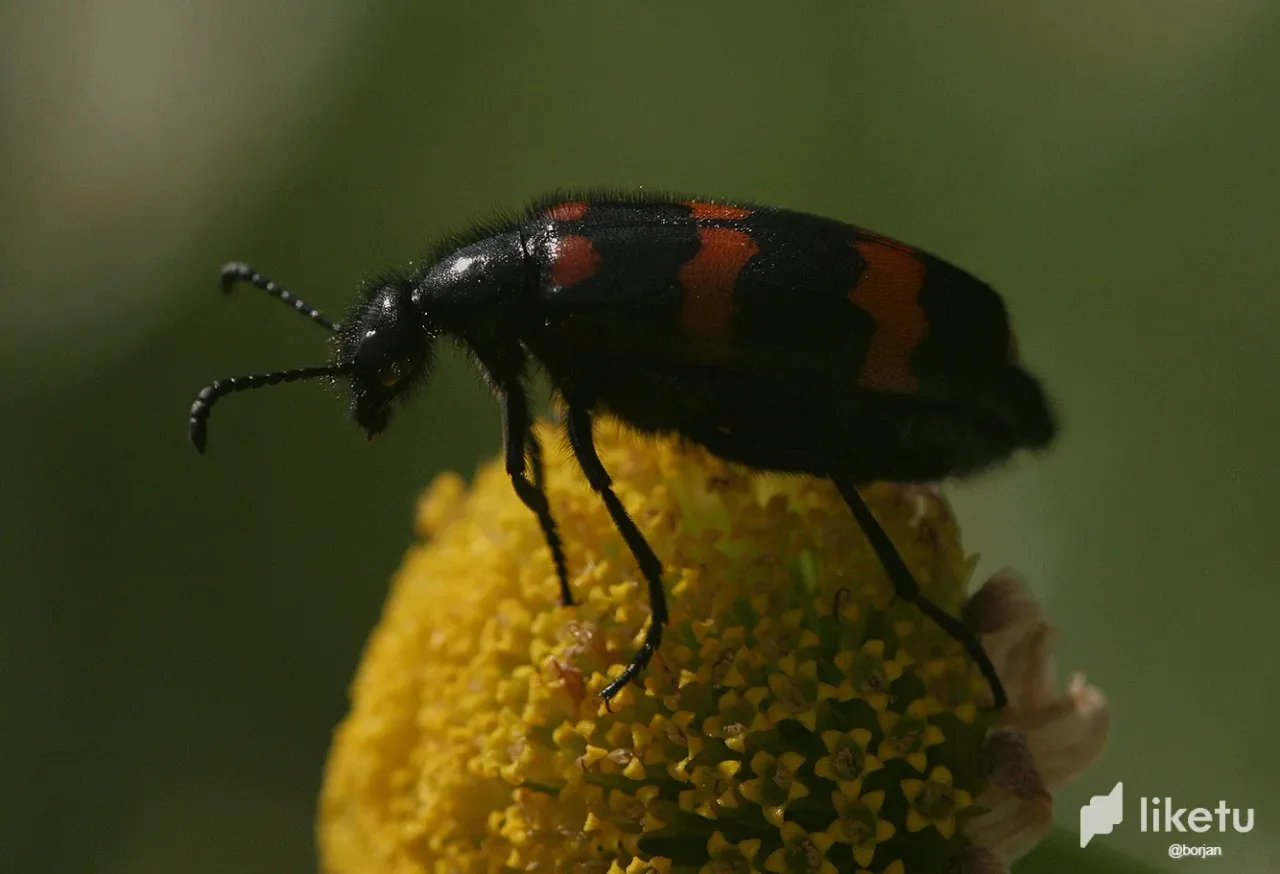
You can see a beetle from the Meloidae family in this opening photograph. The name of the species is Mylabris variabilis.

This solitary bee was feeding on the flower of the Prunus cerasifera tree when the photograph was taken. I can't tell you the name of the species when it comes to the bee, but the genus is Andrena and the family is Andrenidae, That much I know.
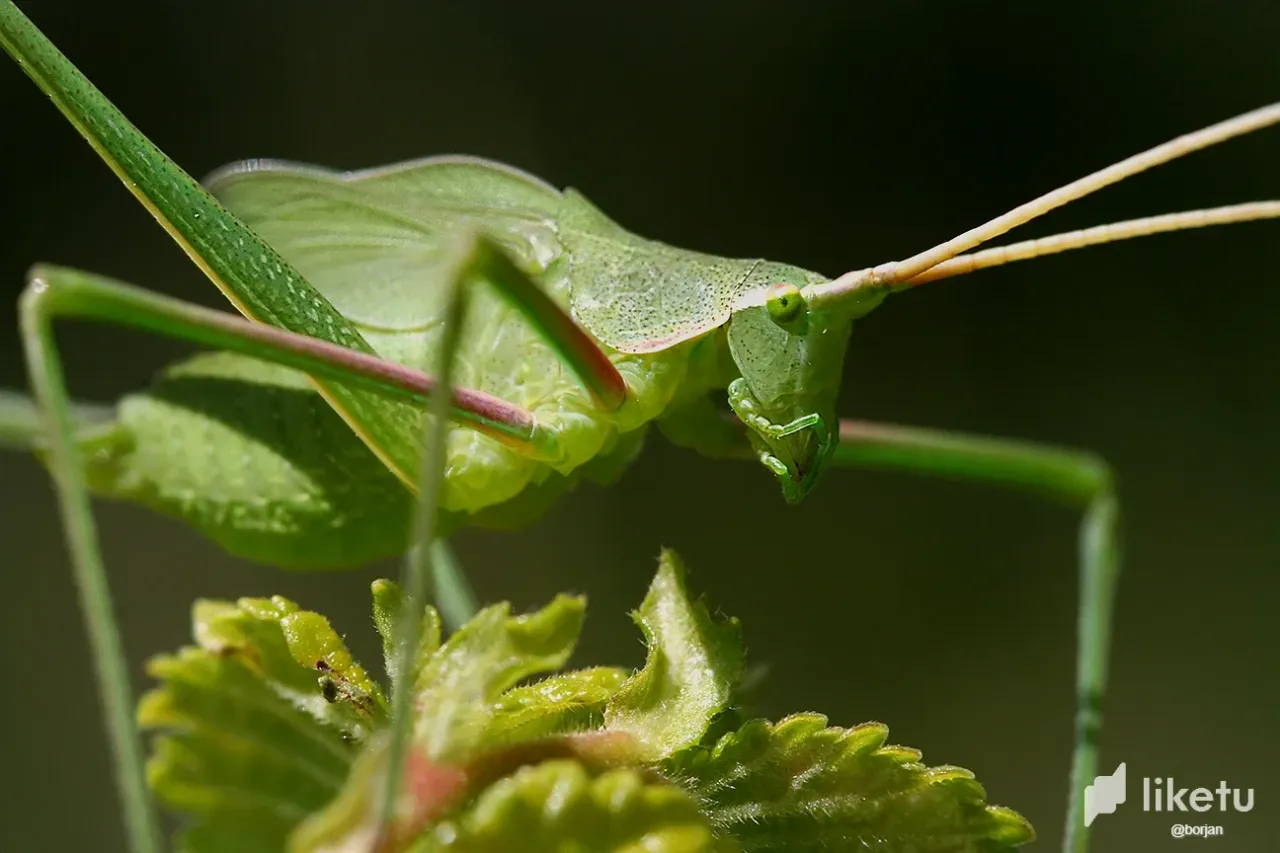
This is a pretty big nymph of the Acrometopa macropoda bushcricket (Tettigoniidae family). Judging by its size and shape, the juvenile insect shown in this photograph will become an adult fairly soon.
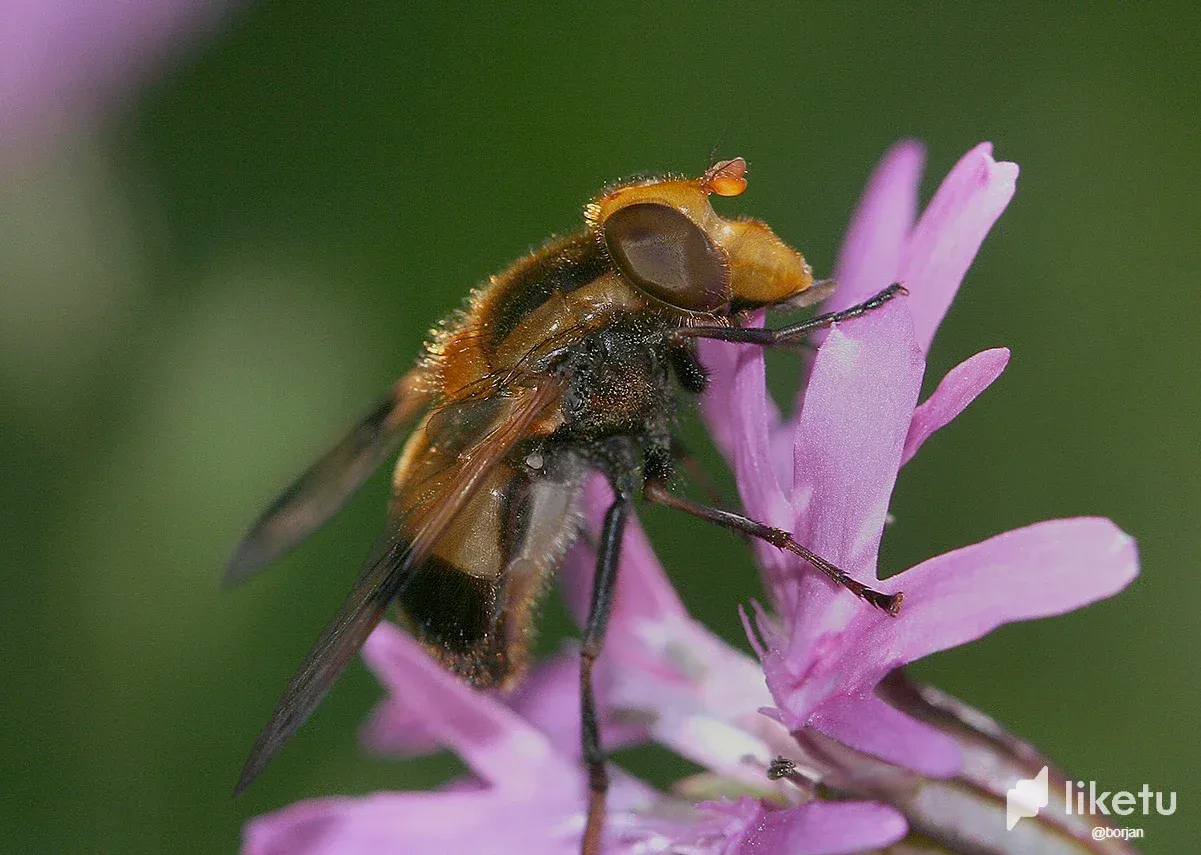
Here you can see a fly from the Syrphidae family. The name of the species is Volucella inflata.
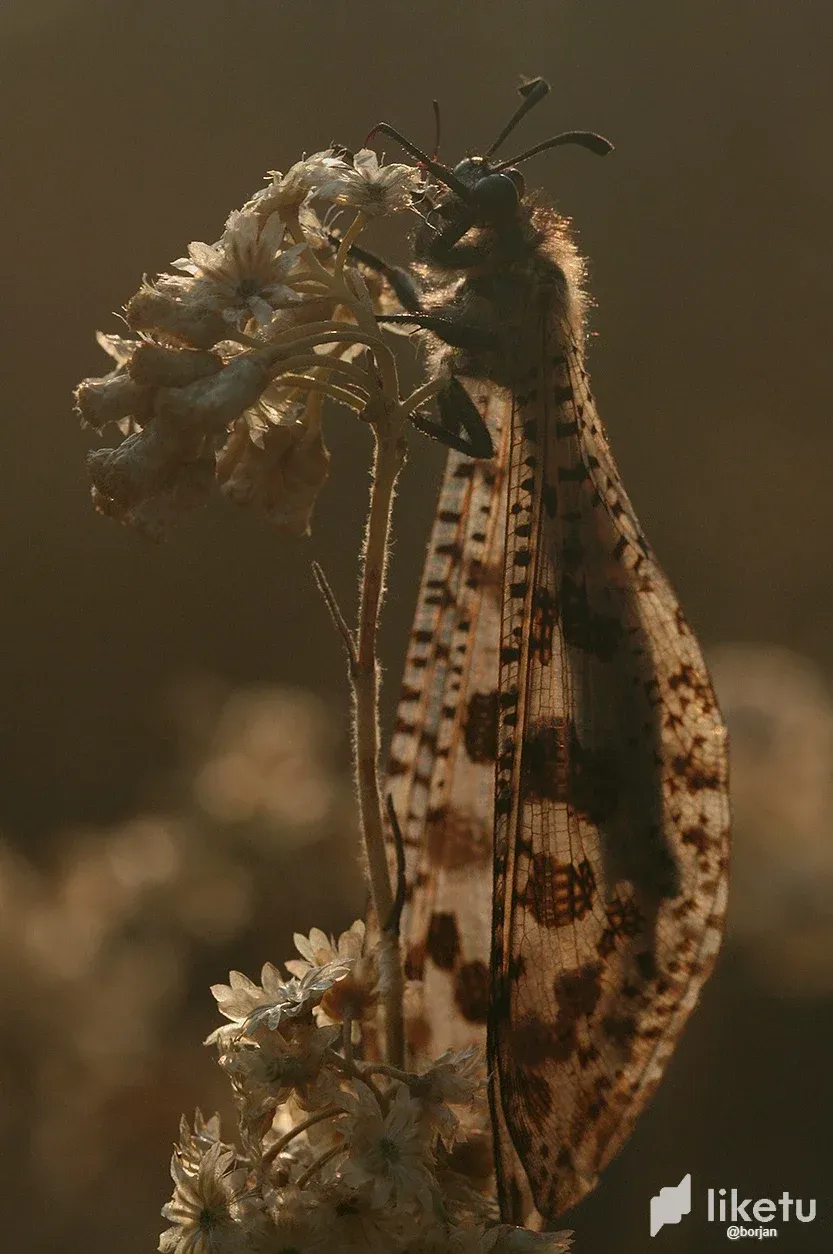
This antlion was well camouflaged on the dried-out vegetation that grows in the stony area near the sea. Palpares libelluloides is the scientific name of this pretty big neuropteran insect from the Ascalaphidae family.
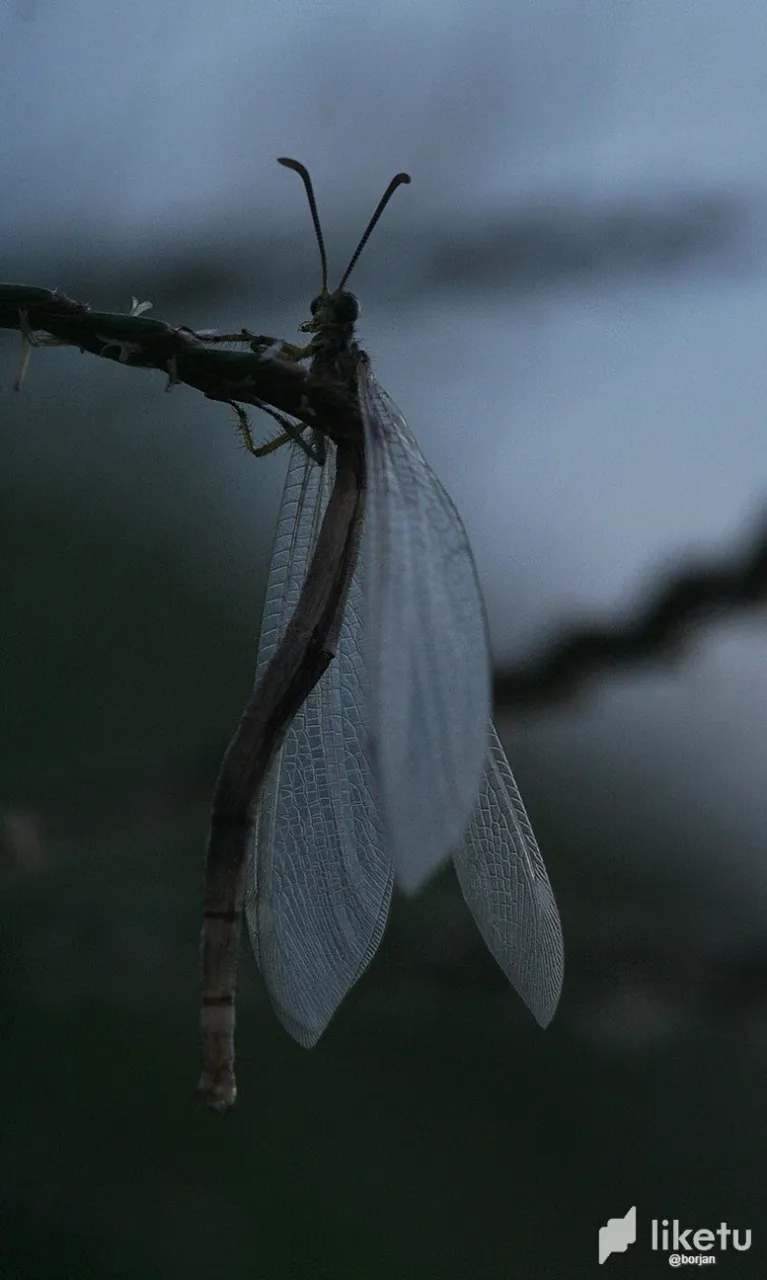
In this photograph, taken late in the evening on the meadows near the sea, you can see another antlion. The name of this slightly smaller species from the Myrmeleonidae family is Myrmeleon formicarius.
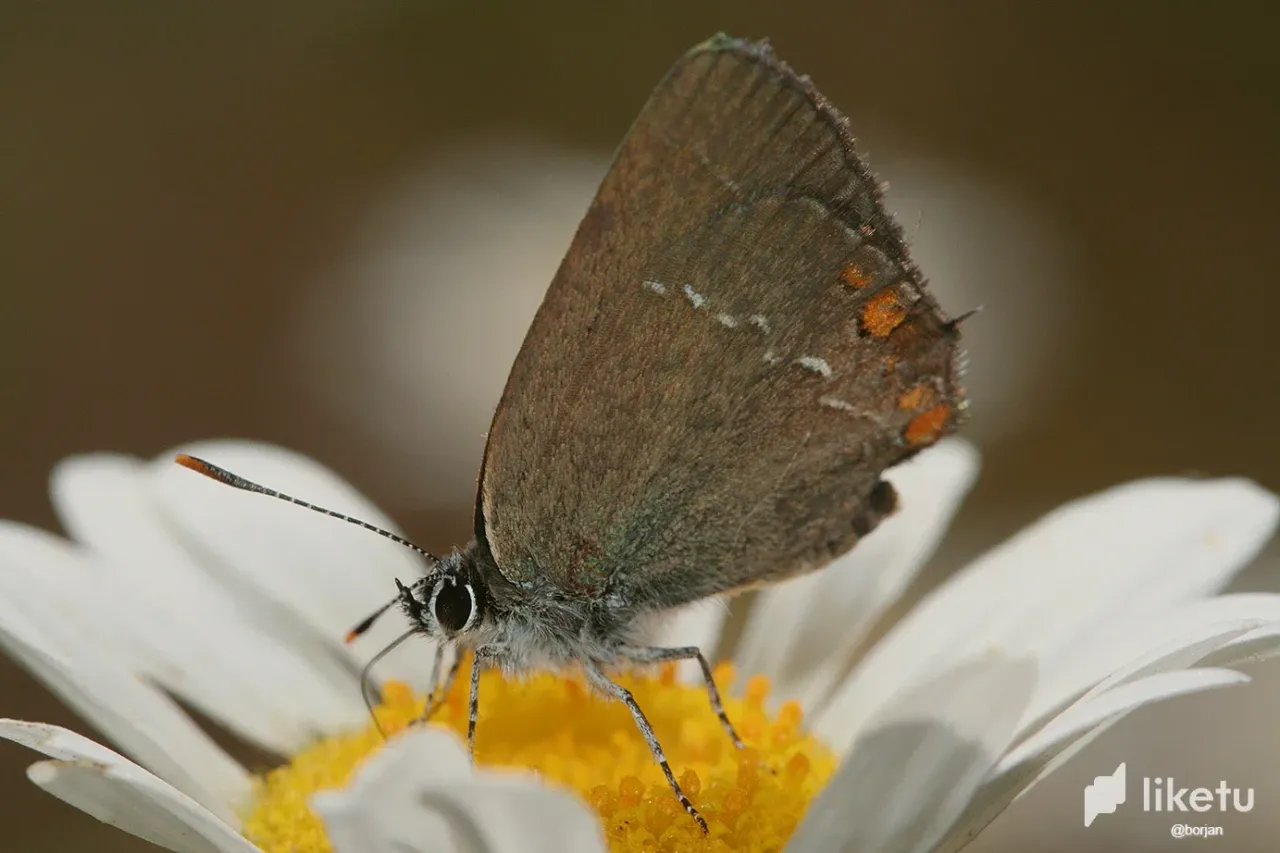
This is the Satyrium acaciae. The small butterfly belongs to the Lycaenidae family.

This is the Odontotarsus purpureolineatus, a bug from the Scutelleridae family.
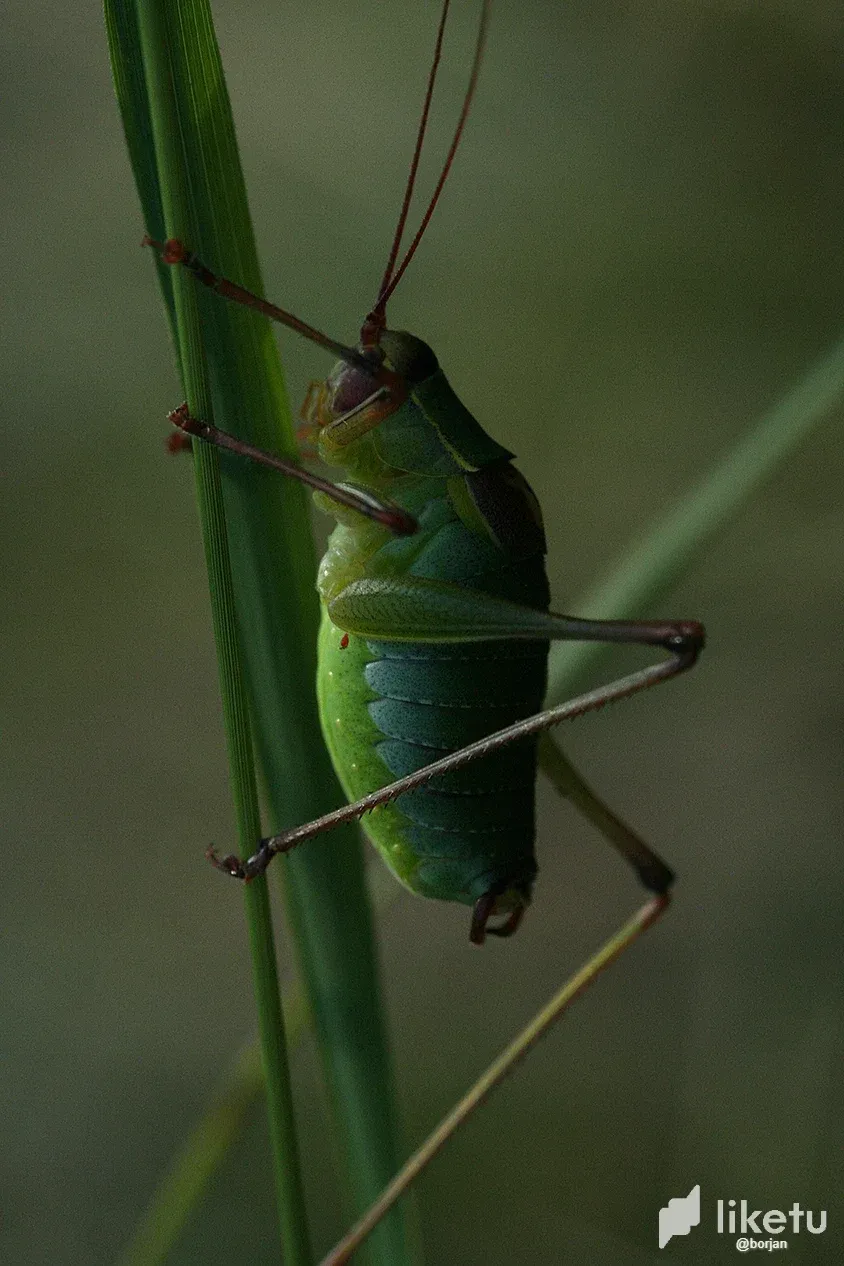
Here you can see another bushcricket. The name of the species is Barbitistes serricauda. The insect shown in this photograph is an adult.
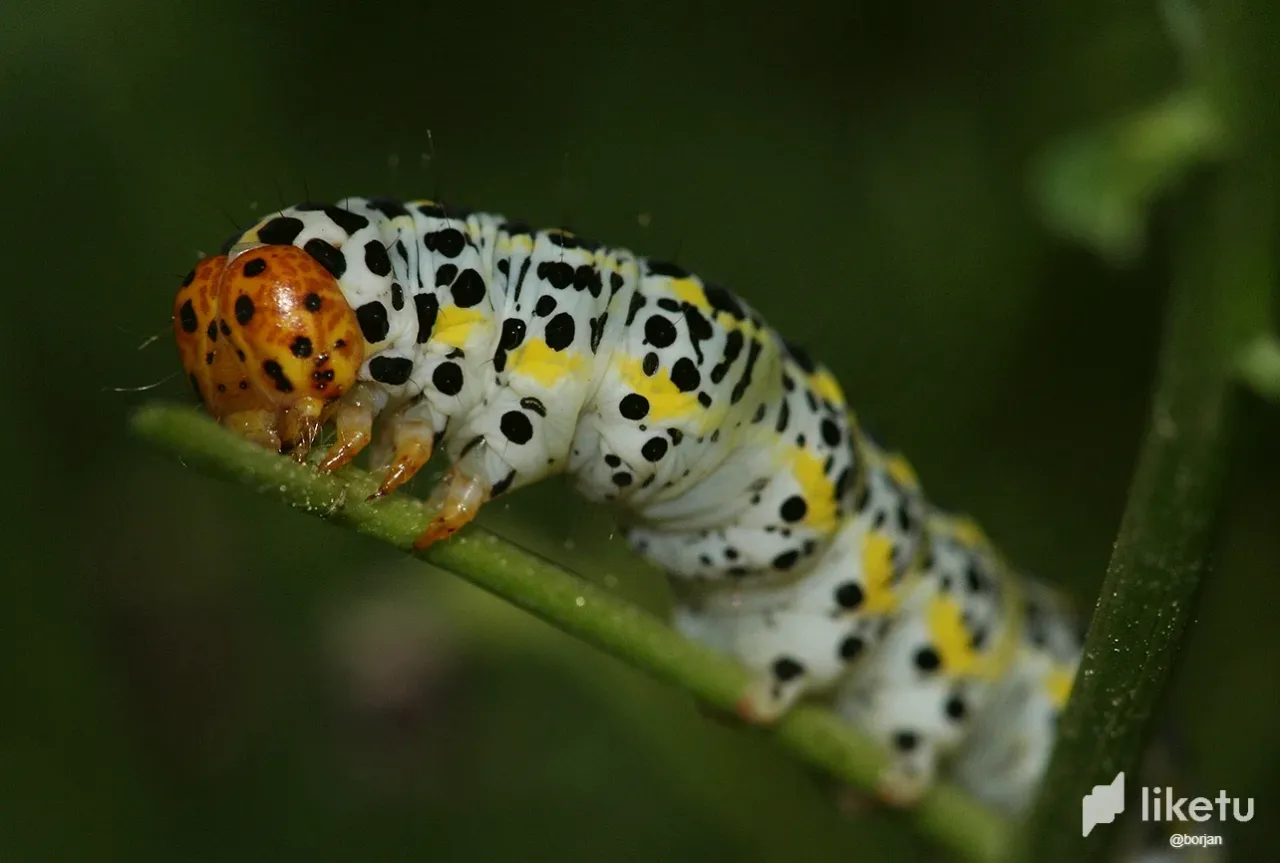
Here you can see a moth caterpillar. After the metamorphosis, this will become a moth from the Noctuidae family. Probably the Shargacucullia blattariae, but I'm not sure about the species.
It's raining today, and the rain ended up in the title with the insects that were photographed long ago on various occasions with no rain involved. I took a walk through some old folders earlier this morning and collected ten unpublished photographs taken in 2008. You can find some basic information about the species in the captions under each picture. Have a good viewing.
AS ALWAYS IN THESE POSTS HERE ON HIVE, THE PHOTOGRAPHS ARE MY WORK.
The following links will take you to the sites with more information about some of the protagonists of this post. I found some stuff about them there.
https://en.wikipedia.org/wiki/Mylabris_variabilis
https://en.wikipedia.org/wiki/Andrena
https://en.wikipedia.org/wiki/Prunus_cerasifera
https://en.wikipedia.org/wiki/Acrometopa_macropoda
https://en.wikipedia.org/wiki/Volucella_inflata
https://en.wikipedia.org/wiki/Palpares_libelluloides
https://en.wikipedia.org/wiki/Myrmeleon_formicarius
https://en.wikipedia.org/wiki/Satyrium_acaciae
https://www.gbif.org/species/4486022
https://en.wikipedia.org/wiki/Barbitistes_serricauda
http://www.pyrgus.de/Cucullia_blattariae_en.html









